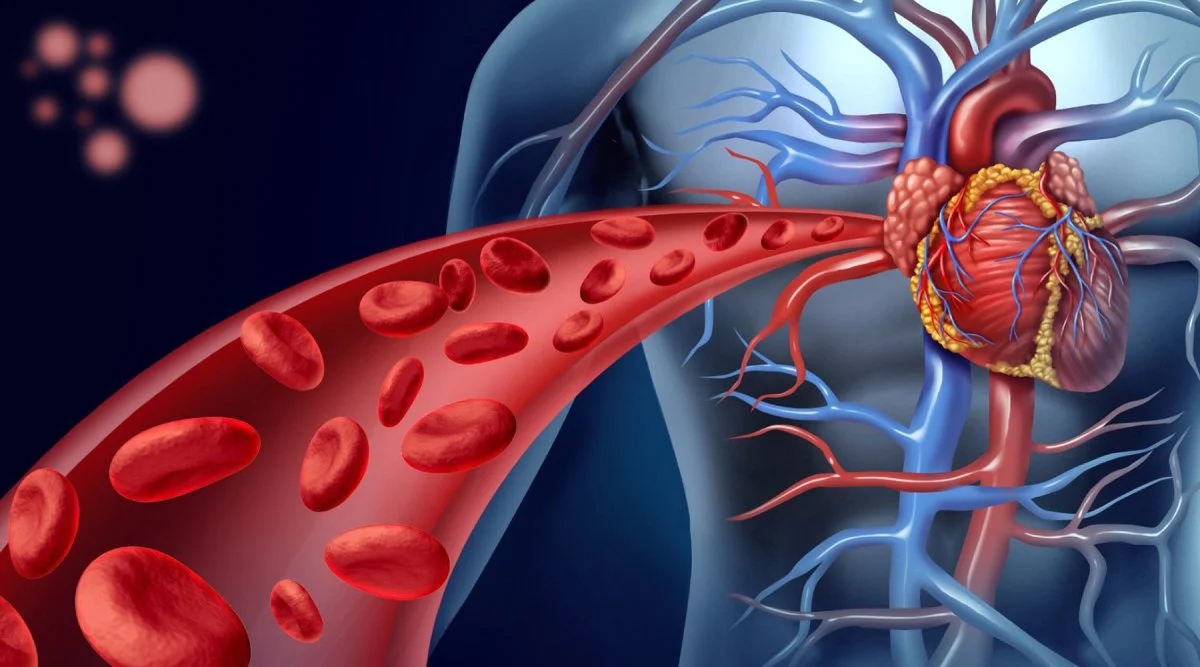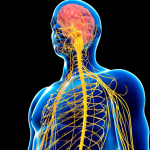
Blood, the heart and the vessels through which blood is pumped around the body, together make up the cardiovascular system. They are vital for carrying nutrients, oxygen and waste around the body.
Blood is made up of cells and plasma. An average adult has about 5 litres of blood in their body. As well as carrying cells, nutrients, oxygen and waste, blood also helps to regulate body temperature.
Blood cells
Most blood cells are made in the bone marrow. There are 3 main types of blood cells:
- red blood cells
- white blood cells
- platelets.
Red blood cells
Red blood cells transport oxygen from the lungs to the rest of the body, and carry waste products to the lungs or kidneys for release. Red blood cells contain haemoglobin, which is the protein that enables them to carry oxygen.
White blood cells
White blood cells are part of the immune system. They detect and fight infections or foreign substances that enter the body.
There are 5 main types of white blood cell — neutrophils, lymphocytes, monocytes, eosinophils and basophils.
Platelets
Platelets are small cell fragments that help the blood clot. They circulate in the blood until there is an injury to a blood vessel. Then they clump together and help a clot form at the injury site.
Plasma
Plasma is the straw-coloured fluid that carries the blood cells. It makes up around half of your blood. It also carries the nutrients from our diet such as sugars, fats, proteins, vitamins and minerals.
Blood tests
Your blood can give useful information on how well your body is working and help doctors test for some diseases and conditions. Some common blood tests are:
- full blood count — this measures the number of the different types of cells in your blood
- Blood glucose test — this measures the amount of glucose (sugar) in your blood and can be used to diagnose or monitor diabetes
- Kidney function test — this measures substances in your blood to see how well your kidneys are working
- Liver function tests — these measure substances in the blood that show whether the liver cells are damaged
Blood types
Everyone has a particular blood type (blood group), which is determined by the genes inherited from their parents. The main blood types are A, B, AB, and O. Doctors check a person’s blood type before a blood transfusion or organ transplant, to ensure compatibility with the donor’s blood type. Blood type is also important in pregnant women to work out which Rhesus type they are and whether the mother’s blood and baby’s blood are compatible.
What are blood vessels?
Blood vessels are the network of tubes through which blood is pumped around the body. Along with the heart and the blood, the blood vessels form the cardiovascular system. The 3 main types of blood vessels are:
- arteries — these carry blood pumped away from the heart; they are the largest and strongest blood vessels
- veins — these return blood to the heart
- capillaries — these are tiny vessels that connect arteries and veins. Their thin walls allow blood to come into close contact with tissues to exchange oxygen, carbon dioxide, nutrients and waste products
Blood leaves the heart in large arteries, then moves through progressively smaller ones to reach the capillaries in the tissues. Oxygen and nutrients pass through the thin capillary walls into the tissues, and waste products from the tissues pass into the capillary blood. The blood then leaves the capillaries and moves into veins that progressively get larger as they get closer to the heart.
Once at the heart, this de-oxygenated blood (blood that needs oxygen) enters the right-hand side of the heart. From there it is sent to the lungs where the carbon dioxide is removed and replaced with oxygen.
Some of the waste products that were picked up by the capillaries from the tissues are filtered out from the blood as it flows through the kidneys.
The walls of arteries are strong and elastic and can expand and contract to lower or increase blood pressure, according to your needs. Blood pressure is the pressure of your blood on the walls of the arteries as your heart pumps blood around the body. Veins have thinner walls, and some veins (for example in the legs) have valves to prevent the backflow of blood due to gravity.
Diseases of blood and blood vessels
The blood and blood vessels can be affected by physical injury (trauma) or disease, such as cancer.
Problems that can happen with the blood include:
- anaemia — a lack of red blood cells or of haemoglobin (the protein that carries oxygen in the blood) that reduces supply of oxygen to tissues
- polycythaemia — a condition in which there are too many red blood cells
- other blood disorders — where the number of certain types of blood cells is either too high or too low, such as neutropenia where there are too few neutrophils, a type of white blood cell
- clotting disorders — where the blood doesn’t clot adequately, leading to haemorrhage, or where the blood clots too much, leading to thrombosis
- cancers affecting blood cells for example leukaemia
- haemochromatosis — where an inherited disorder leads to too much iron in the blood
Problems that may happen to blood vessels include:
- atherosclerosis — where build-up of cholesterol in blood vessel walls leads to narrowing. When this happens in the blood vessels that supply the heart, it’s called coronary artery disease. Atherosclerosis can lead to heart attack and stroke.
- peripheral vascular disease — this involves problems with the arteries outside of the heart and brain — usually in the legs and feet — affecting circulation. One of the causes is atherosclerosis
- high blood pressure — over time having high blood pressure can damage your arteries and kidneys
- Raynaud phenomenon — a temporary constriction of the blood flow to the fingers and toes, causing them to become cold and appear blue or white.



